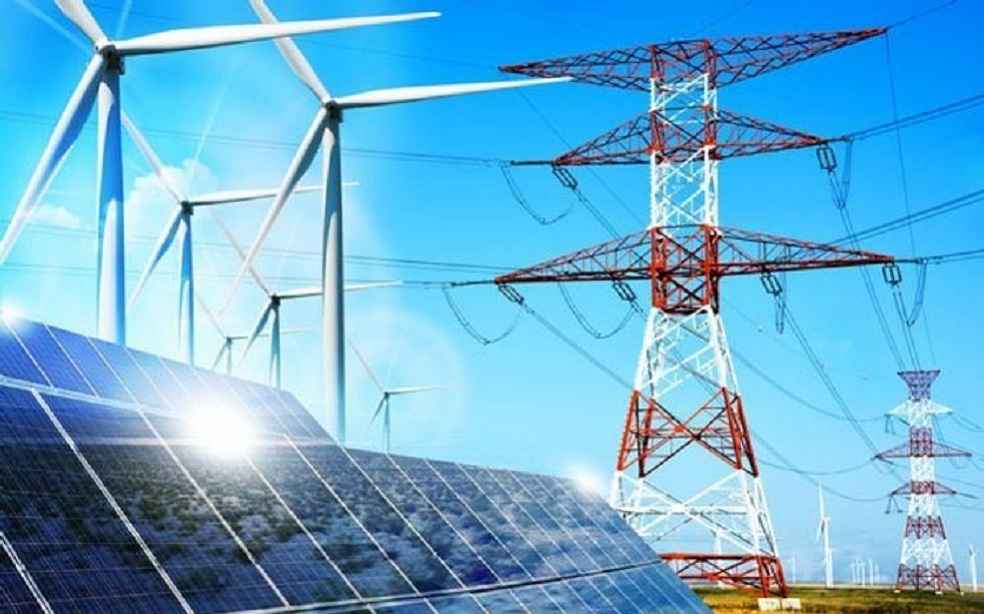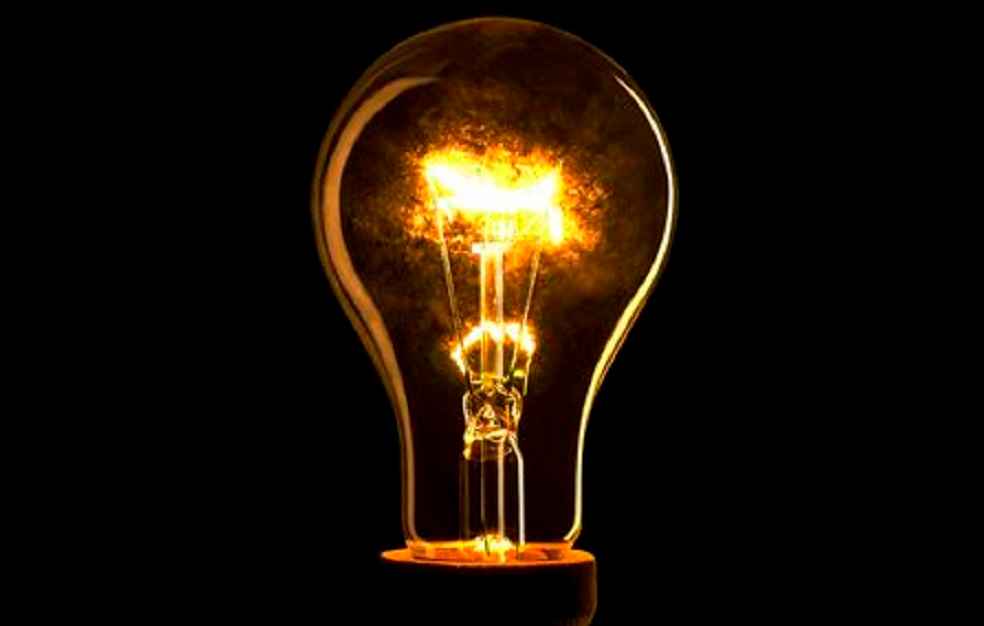A recent shift in regional energy supply underscores the fragile balance in the Middle Eastern electricity trade. This week, Iran ceased electricity exports to Iraq, citing an acute domestic power deficit, shortly after Turkey began exporting electricity to the same neighbor.
Power Outages in Diyala
The National Iraqi News Agency reported a massive power outage in Iraq’s Diyala province on July 23 due to Iran halting its electricity supply. The cessation affected both transmission lines from Iran, which had been supplying 250 megawatts (MW) of electricity, far below the province’s 900 MW requirement during soaring temperatures.
Declining Iranian Exports
Iran’s Ministry of Energy reports a significant drop in net electricity exports from 2012 to 2022. In 2022, Iran imported about three terawatt-hours (TWh) of electricity while exporting 4 TWh, predominantly to Iraq, resulting in a net export of 1 TWh—an eightfold decrease from 2012 levels. Since June 2023, the Ministry has restricted public access to these statistics, with officials indicating a zero electricity trade balance since last summer.

Turkey Steps In
Turkey’s Energy Minister announced on July 22 that Turkey has begun exporting 300 MW of electricity to Iraq. Since March 2024, Iraq has also been importing electricity from Jordan and negotiating deals with Saudi Arabia and Oman.
Turkey’s Renewable Energy Surge
Turkey has significantly ramped up renewable energy capacity. In 2023, the country launched 2,800 MW of solar and wind power plants. From January to May 2024, it added 3,500 MW of new solar and wind farms, plus 600 MW of hydroelectric capacity. This growth far surpasses Iran’s total electricity generation increase over the past year. Turkey plans to add 7,000 MW of renewables by the end of this year.
Iran’s Struggles with Energy Goals
Iran’s efforts to expand renewable energy have fallen short. Last year, the government targeted launching 2,850 MW of solar and wind power but achieved only 2% of this goal. Iran now faces a summer electricity deficit of 14,000 to 18,000 MW, representing 20% to 25% of the country’s demand. Most new power plants in Iran are steam and gas types with low efficiencies of 29% to 33%.

Iraq’s Energy Diversification
Iraq’s energy infrastructure heavily relies on Iranian gas imports, leading to significant winter power shortages when Iran halts gas deliveries due to its own deficits. Iraq loses 4,000 to 5,000 MW of its electricity generation capacity during these periods. Despite a recent extension of a gas import deal with Iran for another five years, Iraq is diversifying its energy sources, including importing gas from Turkmenistan via Iran.
Future Energy Plans
Iraq aims to end gas flaring by 2028 and achieve energy self-sufficiency by 2030. These efforts are crucial to reducing dependency on Iranian energy supplies, which are complicated by sanctions requiring U.S. waivers every four months.
POLICY & LAW | WTO Postpones Ruling on India’s ICT Tariffs to October for Resolution Talks



